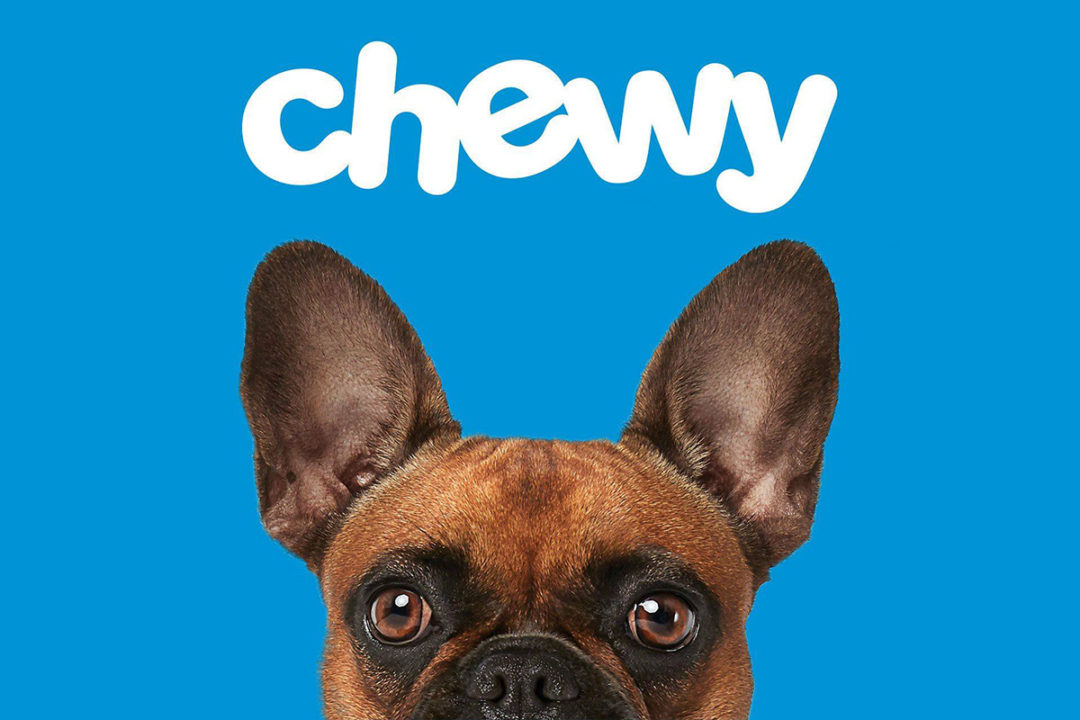Thanks in no small part to Amazon (NASDAQ:AMZN), online shopping was a secular growth trend of the 2010s. But the pandemic accelerated e-commerce technology adoption, and has made it a tool for smaller businesses too. Online marketplaces are proliferating here and abroad and expanding the reach of retailers and entrepreneurs, and making more products available for consumers.
However, 2021 wasn't the kindest year to many of these digital retail platforms. Lapping tough comparisons from economic lockdowns in 2020, many stocks have backtracked and are down big double-digit percentages. Business itself is just fine, though, which means some of these beaten-down companies could be ready to break out again in 2022. $Farfetch Ltd(FTCH)$ , $Chewy, Inc.(CHWY)$ $Wayfair(W)$ $Etsy, Inc.(ETSY)$ are four I have my eye on.
$Farfetch Ltd(FTCH)$
Luxury online retail platform Farfetch is one of those 2020 top performers (with a 517% jump in share price) that hasn't been able to catch a break in 2021 (down 50% year to date as of this writing). But that doesn't mean the high-end goods industry is backtracking on the digital progress it made earlier in the pandemic.
On the contrary, Farfetch said the gross merchandise value (GMV, the value of goods sold via its marketplace and services) increased 27% year over year in third-quarter 2021 to $1.02 billion. While that isn't a sizzling rate of expansion, bear in mind Farfetch is lapping Q3 2020, in which GMV exploded 62% higher from pre-pandemic levels. Even though they now have other options besides online shopping this year, luxury companies and their patrons are still making ample use of Farfetch's offerings.
Sometimes expectations for a business simply get too lofty. I believe that's simply all that happened to Farfetch in 2021. Nevertheless, now double the size it was in 2019 and still projecting double-digit percentage growth for itself and the industry's continual migration to the internet overall, I like Farfetch stock more than ever. Trading for just four times expected revenue for 2022, this could be a great long-term e-commerce value in the making.
Granted, Farfetch is only now beginning to reach profitability (as measured by adjusted EBITDA). I expect most investors won't be comfortable owning a high-risk but potentially high-reward stock like this, given that the company is funneling plenty of cash to promote expansion. In spite of the continued volatility that no doubt lies ahead, though, I plan to keep adding to my position in this small but emerging digital commerce ecosystem for the luxury industry.
$Wayfair(W)$
Online pet retailer Chewy (NYSE:CHWY) had a challenging year in 2021. The company thrived at the pandemic's onset in 2020 when millions of folks were looking to avoid shopping in brick-and-mortar stores and turned to Chewy.com for their pets' needs.
However, as the economic reopening and vaccination campaign against COVID-19 gained momentum, customer acquisition growth slowed at Chewy. As a result, its stock price fell 34% in 2021. But as the saying goes, past performance is not always indicative of future results. So let's look at Chewy's business to determine if 2022 could be a better year for its investors.
While Chewy's revenue growth has decelerated, it has still managed to grow quite nicely -- up 27.4% year over year in the nine months ended Oct. 31. Customers are increasing their spending at Chewy as the company expands its product assortment. Plus, the website is adding new customers every quarter.
it boasted 20.4 million active customers, up 14.7% from the same time last year. Additionally, each customer is spending more as time passes. Net sales per active customer increased by 15.4% to an average of $419 at the end of October.
The growth in customers and spending per customer enables Chewy to operate with increased efficiency. In 2016, Chewy reported a gross profit margin of 16.6%. So far in the nine months ended Oct. 31, Chewy's gross profit margin is 27.2%. That's especially impressive considering the inflationary environment all businesses are facing.
Management also expects revenue growth to slow further. While Chewy did not comment on 2022 numbers, analysts expect the company to increase revenue by 19% year over year.
Still, thanks to the falling stock price and rising revenue, the price-to-sales (P/S) ratio now stands at 2.5, its lowest level since mid-2020. This is down from a P/S ratio of about seven one year ago, boosting the case to invest in Chewy for 2022. Chewy's downside appears limited at current levels. Its emphasis on quality and customer experiences should keep revenue rising by double-digits for the foreseeable future.
$Wayfair(W)$
Wayfair is a leading online home goods platform, with more than 29 million customers and $14 billion in trailing-12-month revenue. The acceleration in orders last year caused the stock to surge to over $300 a share, but tough year-over-year growth comparisons and supply shortages have pressured growth in the last few quarters, sending the stock price down 23% in the last three months. However, Wayfair is still well-positioned to capture market share as more consumers shop online in the $800 billion home goods market.
Wayfair possesses a few key advantages to accomplish its objective. It has a tailor-made website for shopping home goods, a wide selection of products, and warehouses that are designed to handle bulky items to process orders in a timely manner. These traits set Wayfair apart from larger retailers like Amazon. Revenue has more than doubled over the last three years, but recent headwinds may continue to pressure the company's growth.
During the last quarter, more consumers shifted their spending from e-commerce to entertainment and travel. Wayfair is also experiencing delays in receiving more inventory, causing the business to miss out on sales. Revenue declined 18% year over year in the third quarter due to these issues, but these are temporary problems that don't impact Wayfair's long-term growth trajectory.
The good news is that the sell-off in the stock price gives patient investors a chance to buy shares at a discount. The stock's price-to-sales ratio has dropped from over 2 to under 1.6 in the last few months, presenting a more attractive entry point.
It's also a bonus that co-founders Niraj Shah and Steve Conine own nearly 50% of the class B common stock. As shareholders who think like true business owners, Shah and Conine are not focused on short-term results but on making decisions that put Wayfair in the best position to tackle its long-term addressable market. The business has the makings of a long-term winner, but investors need to be willing to be patient as Wayfair works through the post-pandemic headwinds.
$Etsy, Inc.(ETSY)$
Maybe the first stock you should consider is online marketplace Etsy (NASDAQ:ETSY). It's down 26% in the past month as investors worry that the pandemic-induced surge in demand for its unique goods will fade with economies slowly reopening. But if we zoom out and focus on the bigger picture, Etsy is doing just fine.
The platform generated $3.1 billion in gross merchandise sales (GMS) in the third quarter, up 17.9% over the year-ago period. This was all the more impressive given that a year ago GMS shot up 119%. The ecosystem is robust and growing with 96 million active buyers and 7.5 million active sellers, both of which are up substantially on a sequential basis.
Over the past 12 months, Etsy's profit margin was a superb 21.6%. And the business is a cash cow, producing $584 million in free cash flow during that time. That leaves lots of room to potentially buy back stock, further boosting earnings per share.
The stock has been a massive outperformer, skyrocketing nearly 1,600% over the past five years. But don't think the party is over for this booming e-commerce business. CEO Josh Silverman has ambitions to create a "House of Brands" that will penetrate what the leadership team believes is a $1.7 trillion global opportunity. The recent acquisitions of Depop, a secondhand-fashion reseller, and Elo7, known as the Etsy of Brazil, should help support that vision of growth for the company in the decade ahead.




Comments
Because they stop paying to write ?